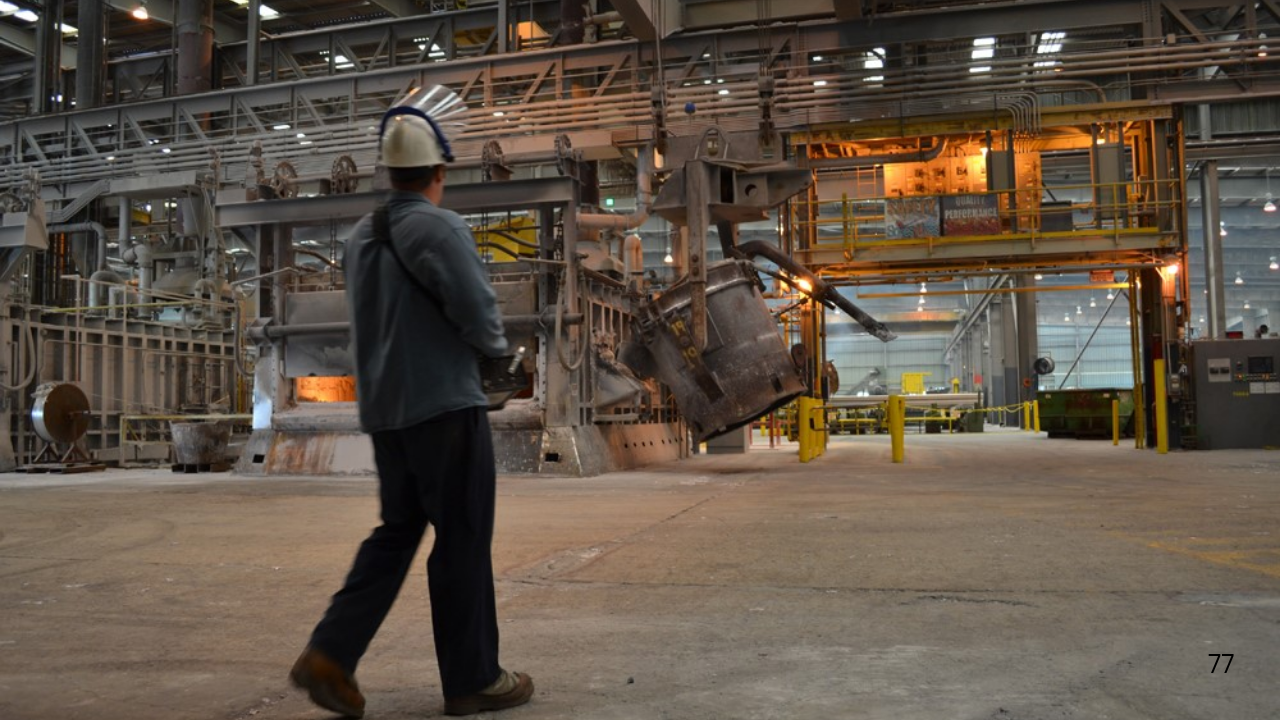Despite the U.S. government’s decision to impose a 25% tariff on imported aluminum, the global aluminum industry is not relocating its operations to the United States.
This move was intended to boost domestic production and reduce reliance on foreign suppliers. However, several factors are preventing the aluminum sector from shifting its manufacturing base to the U.S.
One of the primary reasons is the high cost of electricity in the United States. Aluminum production is energy-intensive, and countries like Canada and the United Arab Emirates offer significantly lower electricity prices, making them more attractive locations for aluminum smelting.
For instance, in 2021, U.S. primary aluminum smelters operated at only 55% capacity, compared to 95% in Canada.
Additionally, the U.S. aluminum industry faces challenges such as outdated infrastructure and limited access to affordable raw materials.
While the tariffs have provided some relief to domestic producers, they have not been accompanied by substantial investments in modernizing facilities or securing long-term supplies of bauxite, the primary ore for aluminum.
The global aluminum market is also influenced by geopolitical dynamics. Countries like China and Russia have significant production capacities and can produce aluminum at lower costs.
The U.S. tariffs have not deterred these nations from continuing their production, and their dominance in the market remains unchallenged.
Furthermore, the U.S. aluminum industry is not a major player in the production of high-quality primary aluminum used in sectors like aerospace and electronics. This specialization requires advanced technology and consistent quality, areas where other countries have a competitive edge.
In conclusion, while the U.S. government’s tariffs on imported aluminum were aimed at revitalizing domestic production, the high cost of energy, outdated infrastructure, and global competition are significant barriers preventing the aluminum sector from moving to the United States.
Without substantial investments in modernization and addressing these challenges, the U.S. is unlikely to become a dominant force in the global aluminum industry.
Disclaimer- Our team has thoroughly fact-checked this article to ensure its accuracy and maintain its credibility. We are committed to providing honest and reliable content for our readers.






